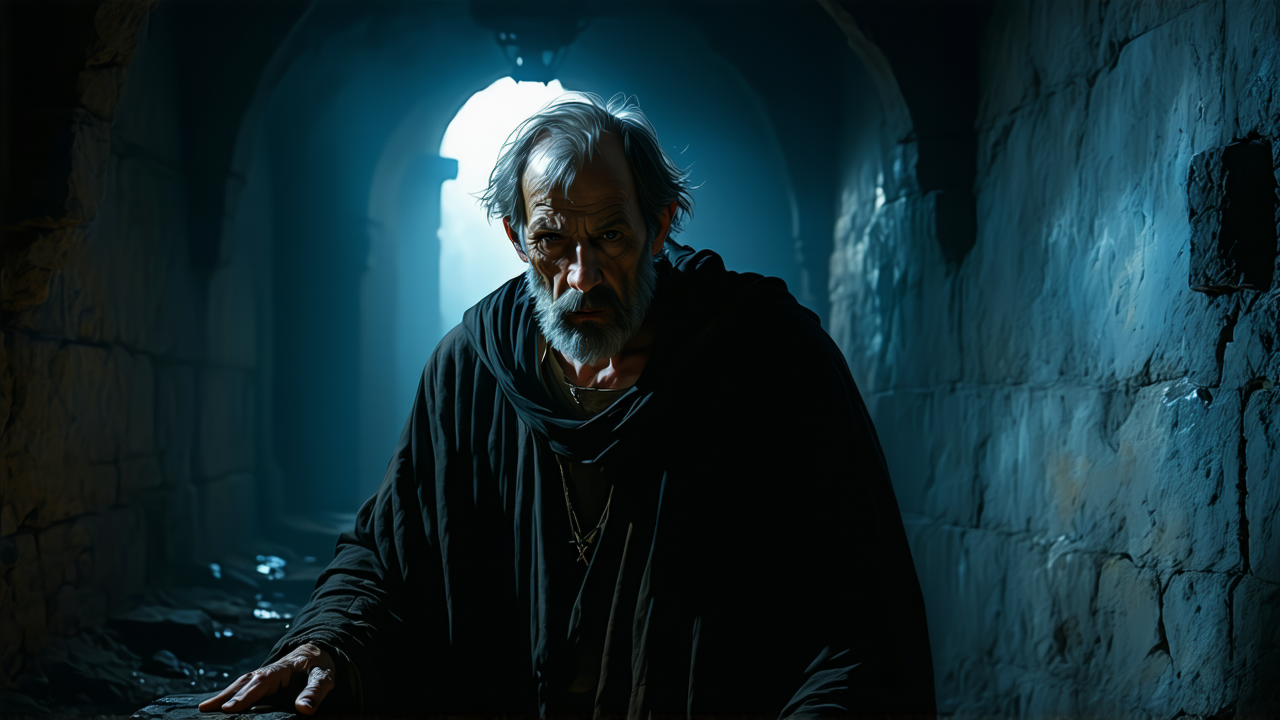Snowtown Killer James Vlassakis Granted Parole After 26 Years in Prison
Snowtown Killer James Vlassakis Granted Parole After 26 Years in Prison
In a shocking and emotionally charged decision, James Vlassakis, the youngest of four perpetrators in South Australia’s notorious “bodies-in-the-barrels” serial killings, has been granted parole after serving 26 years in prison. Vlassakis, who was 19 when he committed the crimes, was sentenced to life imprisonment but received a 26-year non-parole period due to his cooperation with authorities. This decision marks a significant turning point in the long and painful legacy of the Snowtown murders.
The South Australian Parole Board announced its decision on Tuesday, but Vlassakis will not be released immediately. Instead, there will be a 60-day period during which the Attorney-General, the Commissioner for Victims’ Rights, and the Police Commissioner may seek a review of the decision. If no review is initiated, Vlassakis will be transferred to a pre-release center for up to 12 months to prepare for reintegration into society.
Frances Nelson KC, Chair of the Parole Board, stated that Vlassakis was “genuinely remorseful” and had demonstrated “excellent institutional behavior” during his time in prison. She also noted that his cooperation with authorities in testifying against the other two main perpetrators, John Bunting and Robert Wagner, had played a crucial role in his case. “He spent his formative adult years in a very structured environment,” she said.
Vlassakis’s release has sparked outrage among victims’ families. Sarah Quick, the Commissioner for Victims’ Rights, described the decision as one that would “bring fresh pain and anger” to the loved ones of the murder victims. She emphasized that the impact of the killings does not end with a prison sentence, and that the families have already endured immeasurable trauma.
Ronald Lane, the nephew of one of the victims, Barry Lane, expressed his deep anger and disbelief at the decision. “How can someone who took part in these brutal murders be let back into society?” he asked. His sentiments are shared by many who believe that the crimes committed in Snowtown were among the most heinous in Australian history.
Restrictions on Vlassakis include geographic exclusion zones requested by the victims, a curfew, and a prohibition on contacting any of the victims. These measures are intended to provide some reassurance to the families of the victims, even though Vlassakis has never shown any inclination to reach out to them.
The Snowtown serial killings, which were uncovered in May 1999, shocked the nation when police discovered the decomposing remains of several victims in six plastic barrels hidden in an old bank vault. Nearly all the victims were friends or family members of the perpetrators, a fact that has only added to the horror and tragedy of the case.
Vlassakis was involved in the crimes through his stepfather, John Bunting, who lived with him and his mother in Adelaide’s northern suburbs. Bunting and Wagner, the other main perpetrators, were each sentenced to life imprisonment, but unlike Vlassakis, they were not granted any non-parole period. In fact, the Parole Board has previously stated that neither Bunting nor Wagner has shown any contrition for their crimes, and that they are “obviously very unpleasant people.”
The release of Vlassakis raises complex questions about justice and retribution. While his cooperation with authorities was instrumental in securing convictions for the other perpetrators, some argue that his crimes were no less severe than those of Bunting and Wagner. The fact that he has been granted parole, while they remain in prison, has left many families feeling that justice has not been fully served.
As the debate over Vlassakis’s release continues, the legacy of the Snowtown murders remains a haunting reminder of the darkness that can exist within human hearts. The victims, their families, and the broader community will continue to grapple with the scars left by this tragic chapter in Australian history.
